Artlecture Facebook
Artlecture Facebook
Artlecture Twitter
Artlecture Blog
Artlecture Post
Artlecture Band
Artlecture Main
ReportArtists Interview : Studio of Hwang Yon Yeop, Sadang Artist VillageThelife of an individual inevitably becomes powerless in an era of violence. Towhat extent can people sympa...
Report
Artists Interview : Studio of Hwang Yon Yeop, Sadang Artist Village
Thelife of an individual inevitably becomes powerless in an era of violence. Towhat extent can people sympathize with the horror and pain of others? Can theytruly understand someone who’s been at crossroads of life and death, severaltimes at that? Shouts and cries for the dignity of life and existence becomeinfinitely small in extreme situations; these cries offer no sanctuary fromdeath. Fear and extreme terror may in fact be extravagant human emotions. Clinging to lifemay merely be the act of standing silently aloof in front of unmitigated chaos.This hopeless, silent crywas the spark that became Hwang Yong Yeop’s motivation for expression as anartist. Having no choice but to coldly ruminate on the cruel irony of beingforced to accept the tragedies of life was the foundation of his career.
Hisself-portraits didn’t sink under the pressure of tragedy. Rather, theypersisted, because the human condition dictates that we react to changes anddeal with situations as they present themselves. As soon as the trauma of warbegan to recede, Hwang Yon Yeop turned his focus to fundamental questions aboutmyriad human emotions and identity. The anguish of having to silently watchhistory unfold permeates his sober consideration of various aspects of life. Tohim, the definition of an artist is someone who observes the times andindividuals, acting as a witness in order to leave a record. His works, coolly and composedly expressed, areboth personal and historic testimonies.
HwangYon Yeop was born in 1931 in Pyeonyang during the Japanese colonial era. 1945brought independence to Korea, but what awaited him was another kind of socialrepression, namely the reign of Kim Il Sung. He enrolled in the PyeongyangSchool of Art with nothing but a ‘pure thirst for art.’ Yet the socialistrealism of the North, which allowed little room for free expression, consideredart to be nothing more than a political tool. In 1950, as the Korean War began,he avoided assignment to the People’s Army by living on the run for 5 months.In his quest for freedom, he made the life-changing decision to defect to theSouth in November of that same year. His journey south brought him face to facewith countless scenes of death. Once he successfully made it to the South, hevoluntarily enlisted in the army. He’d avoided death by defecting, but hischoice to jump headfirst back into the war illustrates the candid tragedy of anindividual — a person with nothing, who, in order to live, has no choice but toleap into the jaws of death. Here, on the road of ‘life and death,’ he startedasking questions about ‘human existence.’ In the process, the life of one manbecame devoted to ‘the study of man.’
#When I look at <Human> which you started in 1970, I feel a heavy sense ofanxiety and fear, rather than loneliness. Could you please explain thebackground of this piece? How did it come about?
*Human: image on the left
“Thatfeeling of endless oppression is conveyed because you’re seeing someone in theextremest ofsituations. I attended university in the North. I was in the in the heart of anideology. I experienced war firsthand. I was a soldier. I had countlessexperiences in completely decayed, base environments. To understand my work youhave to understand my life. The tone of the novel ’25 Hours’ is quite similar to my work; it usesthe people of a war — dreamless andhopeless — as its backdrop. Inmy opinion, our country, whether it be in art or literature, is lacking artistswho take a deep look at existential problems, and the tragic experiences of ourpeople throughout history. In other words, we lack artists who deal withextreme situations or the brutality of survival. I’ve lived through deep fear andtragedy. I’ve had to kill inorder to live. And that awful, brutal slaughter was directed at my own people.I’ve been through fartoo many of those experiences. On top of that, I went through all of that as ayoung man.
TheKorean War began while I was attending The Pyeongyang School of Art in theNorth. Most young people were conscripted into the People’s Army. I chose alife on the run to avoid this, risking my life. If I was caught, it meantdeath. I slept outside, moving from mountains to fields and back again. I can’tcount how many times I narrowly escaped capture and death. I even had to watchfrom afar as some of my traveling companions were caught and murdered. I can’tdescribe the sheer brutality of those experiences and sights. I eventually madeit to the South alive. But the tradeoff was never seeing my family again.(Hwang Yon Yeop only learned that his family in the North was alive and safe inthe 1990s.).) So strong was my hatred for North Korea that I applied to jointhe army in the South. My only explanation is that there was nothing else Icould do in the midst of a war that wouldn’t seem to end. Finding something toeat every meal was hard enough. I sustained a bullet wound to my leg during thewar. I saw even more horrors at the hospital. There were more than 1000 injuredsoldiers in that particular hospital. If you were injured during retreat, youwere as good as dead. Getting caught and having secrets leak to the enemy wasnot an option. So we resorted to kill each other to live. On that road of war,where life and death are separated by a razor’s edge, it’s nearly impossible todistinguish between friend and enemy; you won’t find your family. You won’tfind your parents. You won’t find your mother’s love.
Tobe honest, living during that time as a painter, experiencing all those endlesshorrors, was actually quite hard to imagine. It’s difficult for any human to gothrough all that trauma and continue living. There isn’t any bigger tragedy.Even now — politically, socially, economically — we aren’t free from theworld’s superpowers. These are all the things I’ve experienced up until now —conditions that I haven’t been able to escape. My aim as an artist is to figureout how to transform those experiences fully into art.
Ican’t paint anything else. I have to record my joys, my sorrows. I have nochoice but to delve into the difficulties in our lives. Isn’t that the freedomof art and expression? That being said, my art is not the same as illustrationsor caricatures. Paintings inherently demand some kind of emotion from theviewer. There must be an expression of form and style to convey a message. Itruly believed that I was charged with expressing all of my experiences and emotions from that time inmy art, by taking oppressive emotions and turning them into pure art. Iexperimented with different styles. I wanted to take that extreme desperationand express the cries of the times with a restrained tone.”
# Howshould we interpret the human form in your paintings?
“Ina word, they’re self-portraits. They’re not the literal,look-in-the-mirror self-portraits; rather, they’re drawings based on my lifeand experiences; portraits of survival; portraits of my desperate story. Themerciless violence was a product of the times, but these are myexperiences. I felt like I had to let out my own ‘cry.’ It was that generationand that society that produced all of those things, but I, as an individual,was there. I persisted; I went on existing. It’s ultimately individuals who laybare their cries of joy and pain, providing a testimony of the times.
It’san endless experience, taking an individual who’s crying out soundlessly inhorror and silence, and turning that into a painting. I chose to portray thisfeeling by showing humans devoid of freedom through simple means — a man turnedpuppet, or someone trapped in a spider web, etc. I also took all the terribleplaces from my memories and surrounded them with people in the background. Itook all those situations, where something couldn’t be free and the ‘cry’ couldbe used as a symbol, and created my own unique, abstract, and modern technique.It’s extremely difficult to convey all of these complex emotions throughpainting alone. From 1980 on, while there was pain in my work, there was also joy,pleasure, longing, desire. That’s because I was expressing my path in life andall of its emotions. I’m currently experimenting with different styles in orderto portray the existent form of modern humans and how they experience life.
Ifeel like I have always drawn people in my paintings because all of the joysand sorrows in my life seem connected to the fragility of human existence. It’sbeen my life’s work to take all of my experiences, all of the people I’ve comeacross, and put them onto canvas. I wouldn’t have been able to draw the kindsof people I have if I didn’t have that attitude. Ultimately, I haven’t beenable move on from people. They've stuck with me. Of course, the ‘cries’ of mycurrent work aren’t the same as they were in the past. Times change. Whathasn’t changed, however, is the loneliness of the people I put on canvas. Whatremains constant is that situations where people are trapped by something —something that takes away their freedom.”
# Inthe latter half of the 1980s it seems like you managed to escape fromthe trauma of war. Nostalgia for your childhood and hometown, as well as acurrent of Korean culture, seems to bleed into your work.
“Ithink the fact that my paintings changed over time is natural. I paint by observingsociety. The conditions and environments in our lives are constantly changing withthe passage of time. I’ve always tried to express not only the struggles of thetimes, but also connect that to something related to the lives of people.Constantly dealing with the struggles of others naturally made those strugglesthe central interest of my life. Society produces all of these things, butwithin that is the idea of the individual. In the end I’m just talking aboutthe things I’ve experienced. My family, my home, my people. Naturally thesubject of my portraits shifted to ‘where am I from?’ I was indeed somewhatable to escape from my own ‘cries’ and the fears that oppressed me, but thosethings are nevertheless the foundation of my existence. Humans are not capableof forgetting the horrors of war. We’re not perfect. We’re not strong enough.
Myhome is Pyeongyang, and if you wanted to speak geographically, I am a Koguryodescendant (고구려, 高句麗). The Koguryo Sasinchong(사신총, [四神塚] - mural tombs) are located inmy childhood neighborhood. I wasn’t really aware of the background when I wasyoung, but I would go to look at the murals. In my career as an artist, I’vetried to take my memories of the mural images and use them in my paintings.That consideration — how to take our country’s historical art and lifestylesand use them in my art — is a big part of my artistic persona. The Chinesealphabet, Hangul, the style and architecture of our ancient palaces, ceramics,food culture, jewelry designs and patterns — how can I incorporate theseaspects into my art? I’ve even tried to incorporate folk painting and the 5colors (yellow, blue, white, red, and black — traditional colors of Korea)of the Joseon Period. I tried to take all of those things and have them bleednaturally into my paintings. I use my tragic experiences and basic humanquestions as a foundation for my art, mixing in Korean elements where I can tocreate my own unique style.
That’ssort of how I’ve wrestled with and experimented with those themes, and slowlychanged over the decades. The background and shape of my life changes, as withhow I view the world. I think that my art should also shift with those changesand be dynamic. That’s what Picasso did. You could also view that as cutting offthe development of a specific style or particular work. Yet I think you canfind commonalities in all my paintings; namely, the meditation on humanexistence. That and every trouble, every worry I express in my art is somethingI’ve experienced directly. I’ve never painted something that strayed from myown life.”
# It’smy understanding that you are still creating art. Could you talk a bit aboutwhat you’ve been working on recently?
“Myultimate goal is to create an artistic form that can include everything from mylife’s work. All I cando now is take everything I’ve created over thedecades, and try to bring it to completion. In other words, I’m trying to look back at the styles I’ve used in the past, and use them toconnect with the paintings of the present and my current existence.
Paintingsrepresent my life’s truth and sincerity. They are the values I strive after.Values about existence. I’m standing in front of that, confronting fatalisticand fundamental cries, different from the cries of the past. You could say it’sthe last stage of existential introspection. We are all headed towards death.That’s something everybody must confront. But that may not be something forhumans to understand. It may be something only God can comprehend. In the end,humans may not be able to get exactly what they want. Rather, they are affordedthe right, on God’s terms, to tell some kind of story. Kind of like a closingremark. That’s how I’d like to end.”
☆Donation:
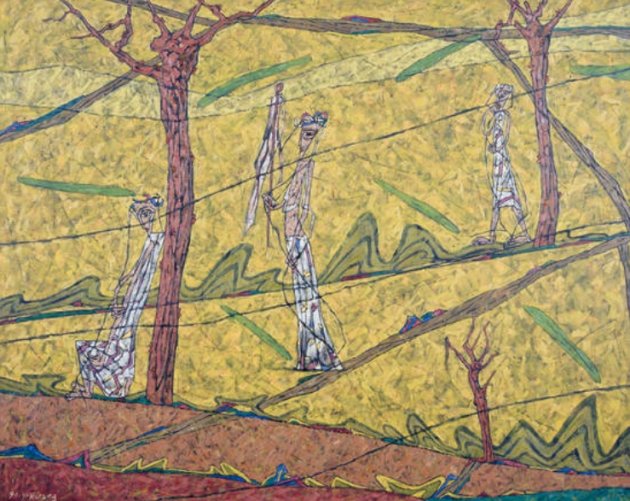
Painting Existence Beyond Being
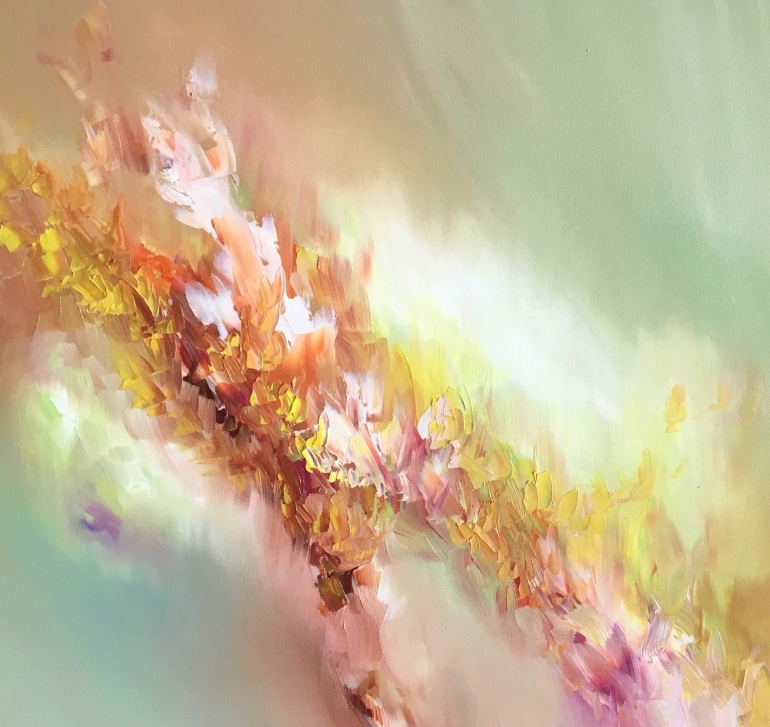
An Artist with Synesthesia Turns Jazz & Rock Classics Into Colorful Abstract Paintings
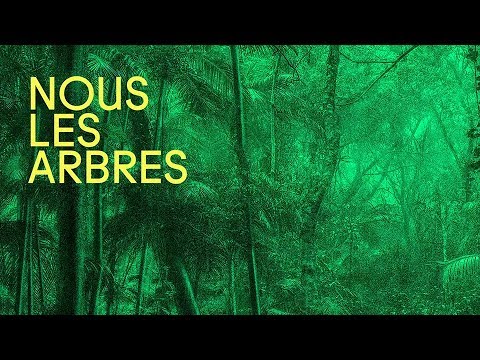
Exhibition: Trees
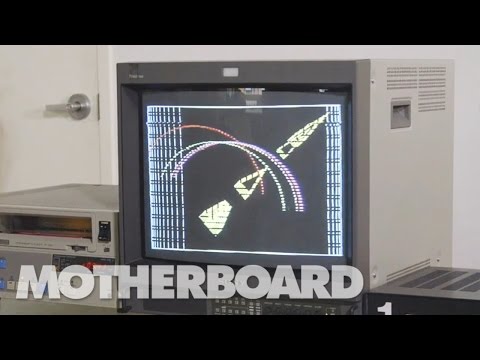
Discover the Lost Early Computer Art from the 1970s
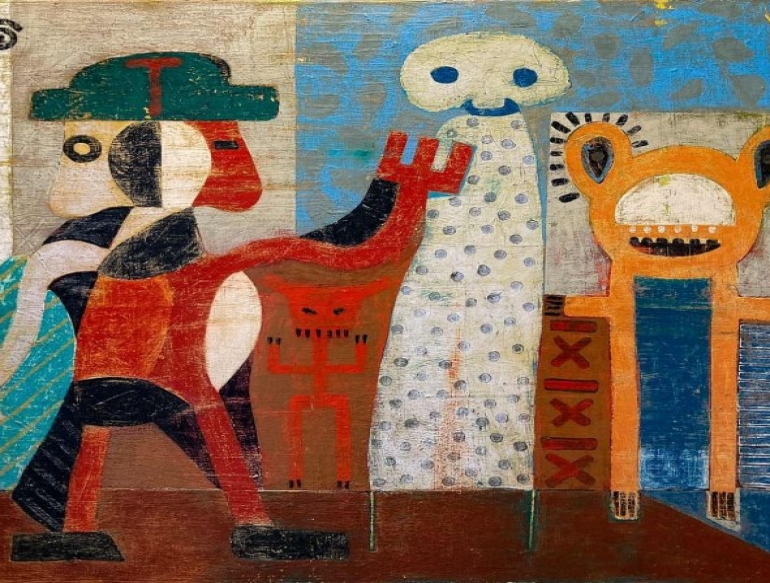
The Past is Now
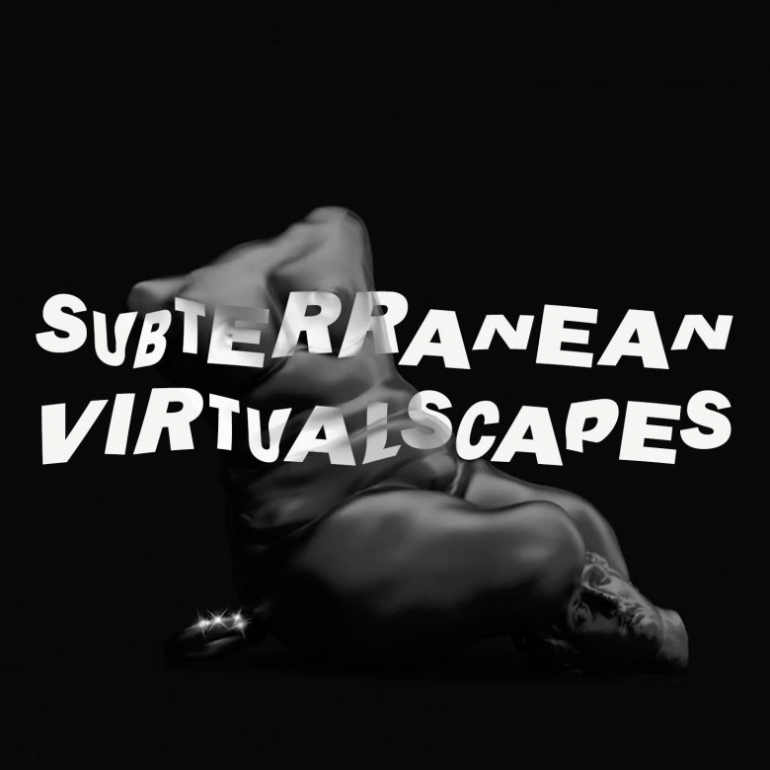
Subterranean Virtualscapes
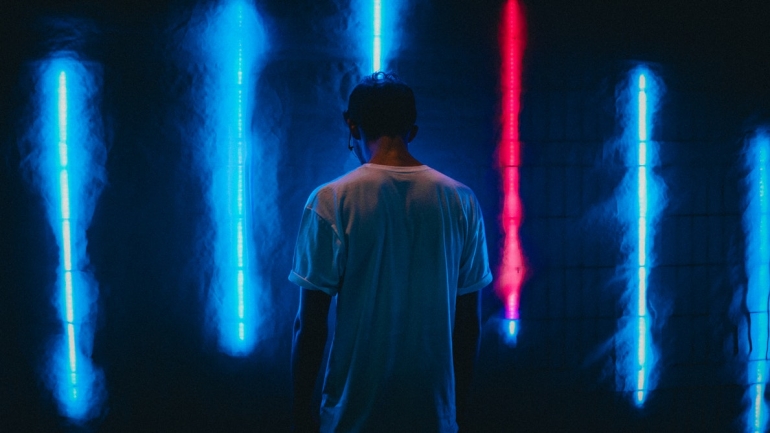
The evolution of Reality_Video Technology
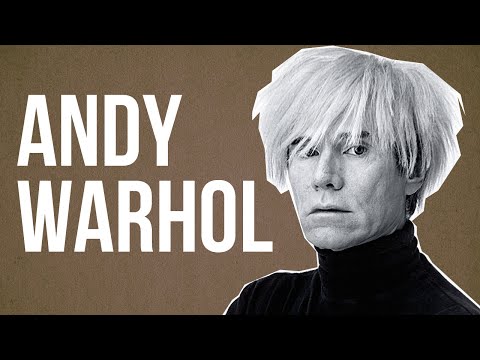
Andy Warhol, his groundbreaking Art and Its Cultural impact !
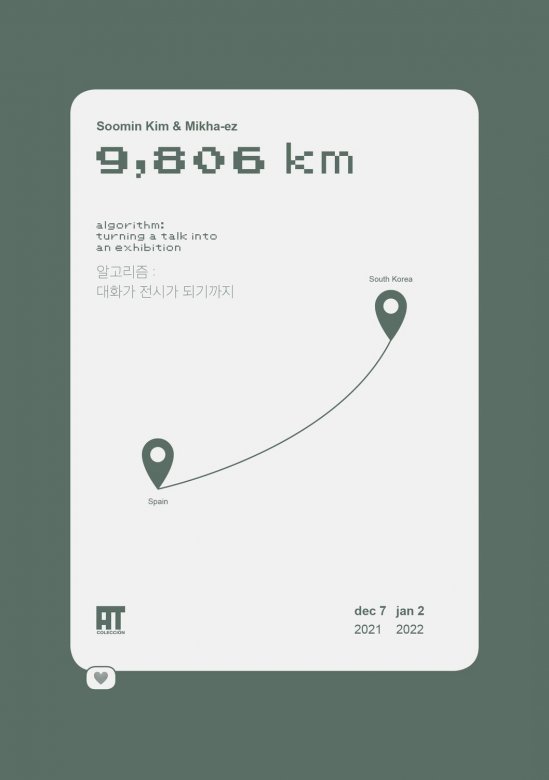
9,806 km
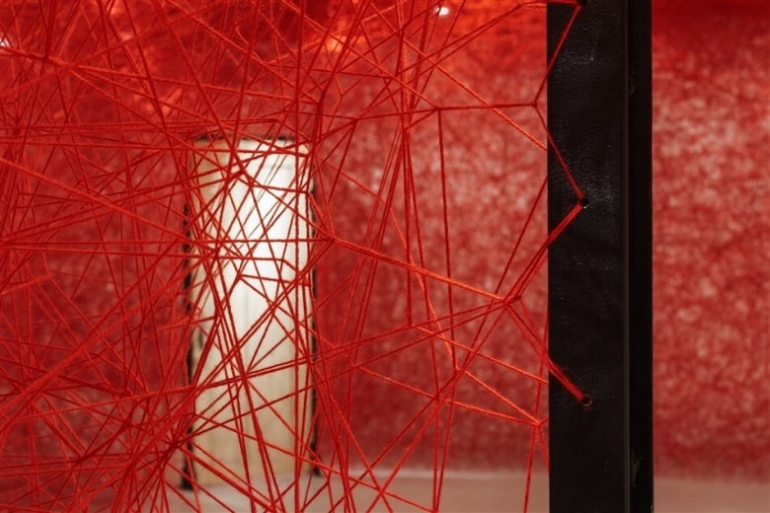
Chiharu Shiota: Tracing Boundaries
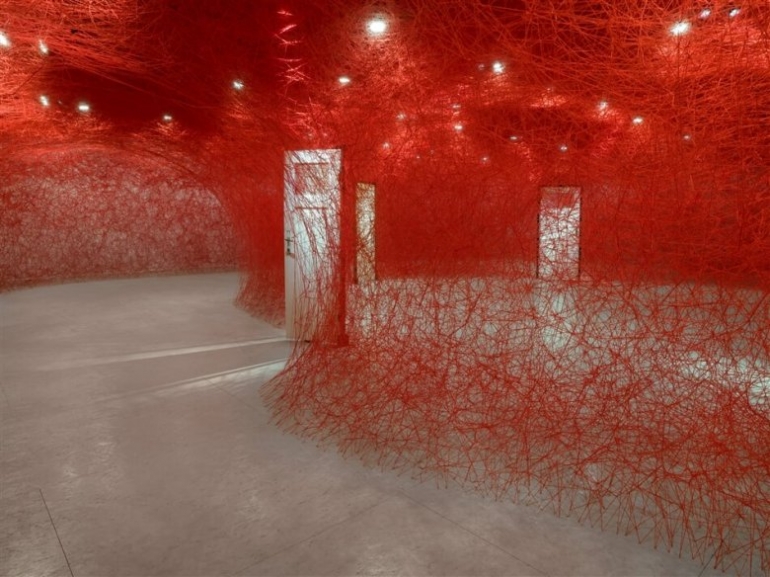
Chiharu Shiota: Tracing Boundaries
*Art&Project can be registered directly after signing up anyone.
*It will be all registered on Google and other web portals after posting.
**Please click the link(add an event) on the top or contact us email If you want to advertise your project on the main page.
☆Donation: https://www.paypal.com/paypalme2/artlecture

